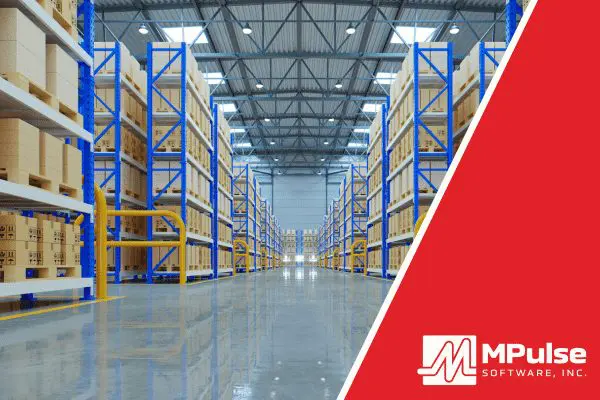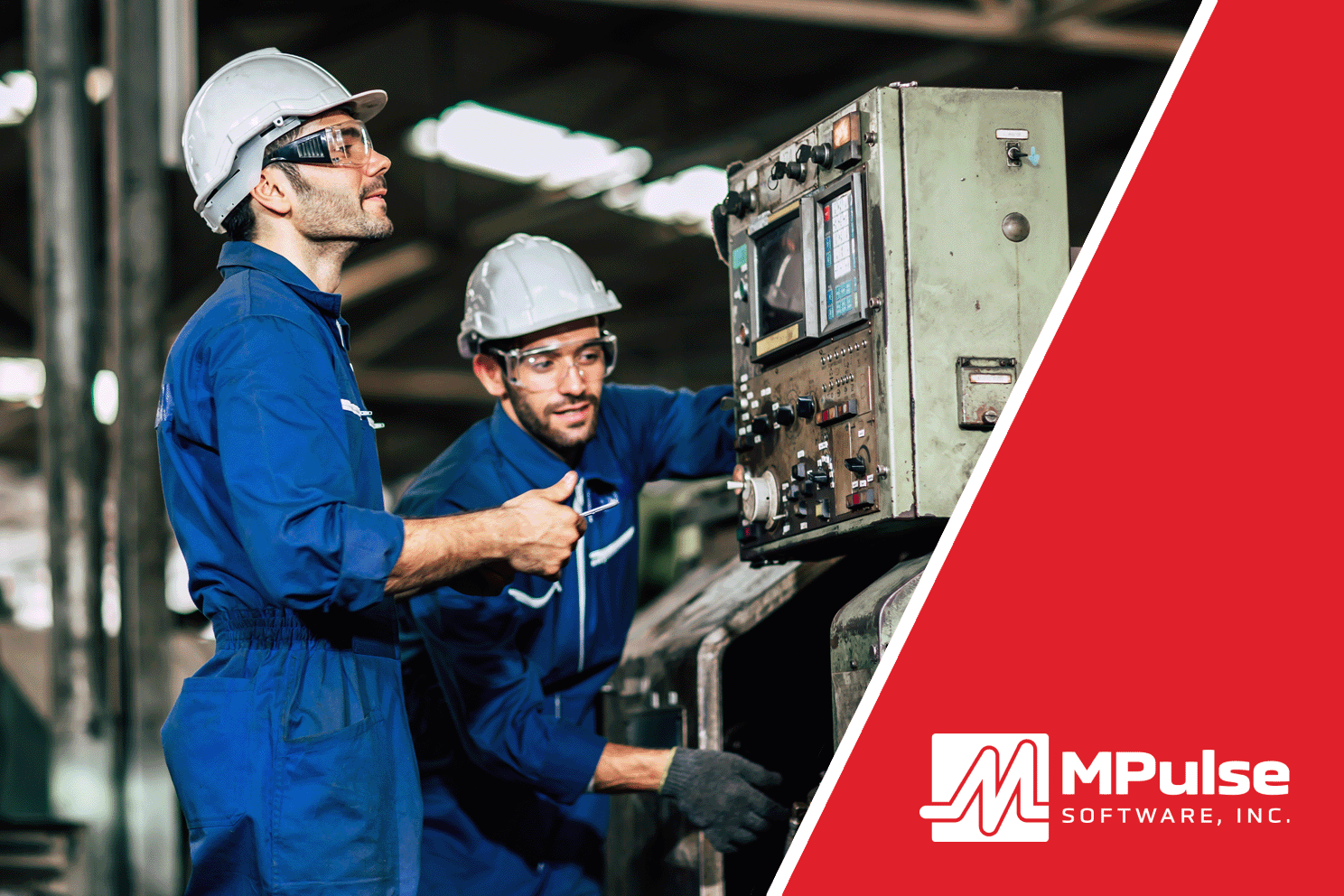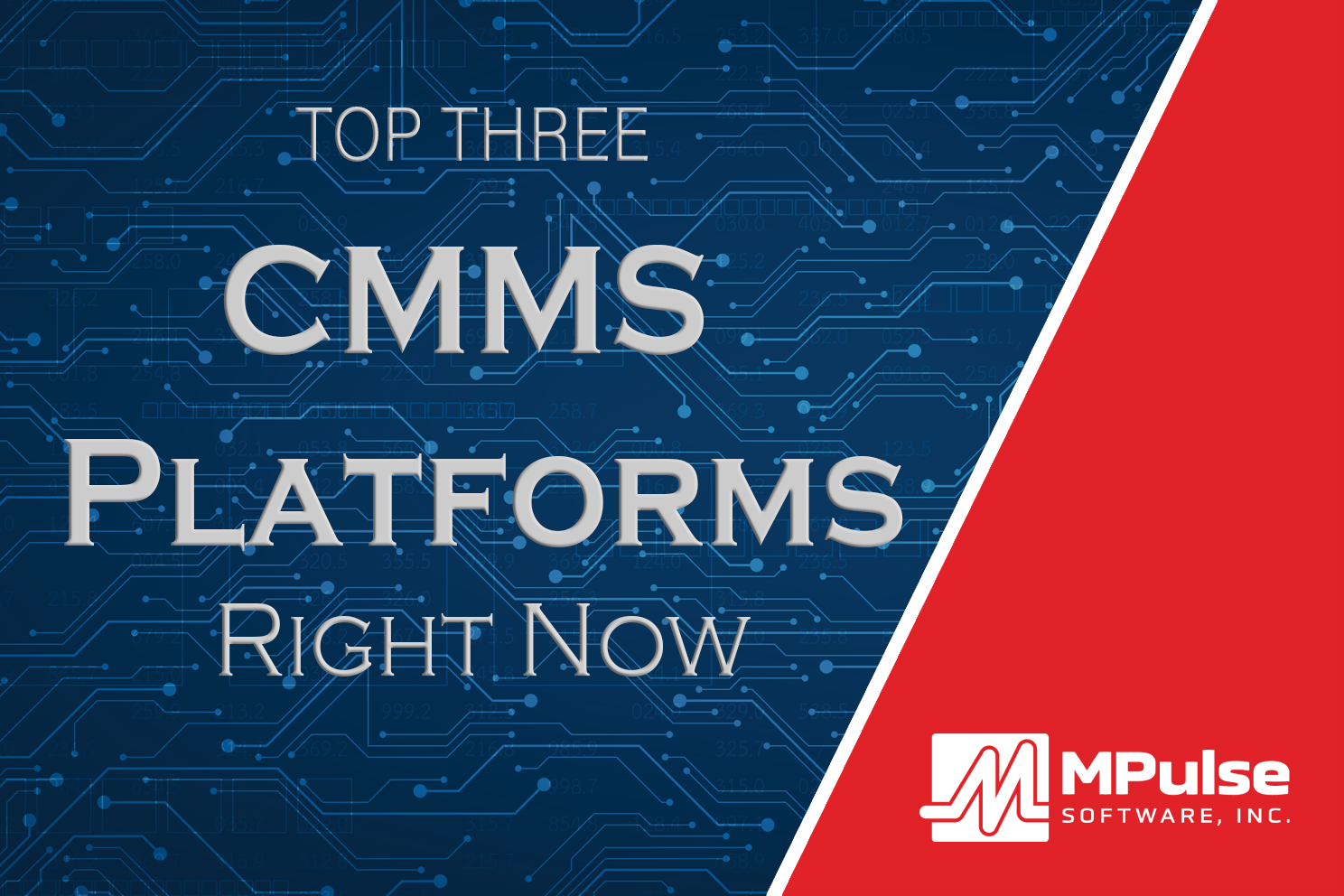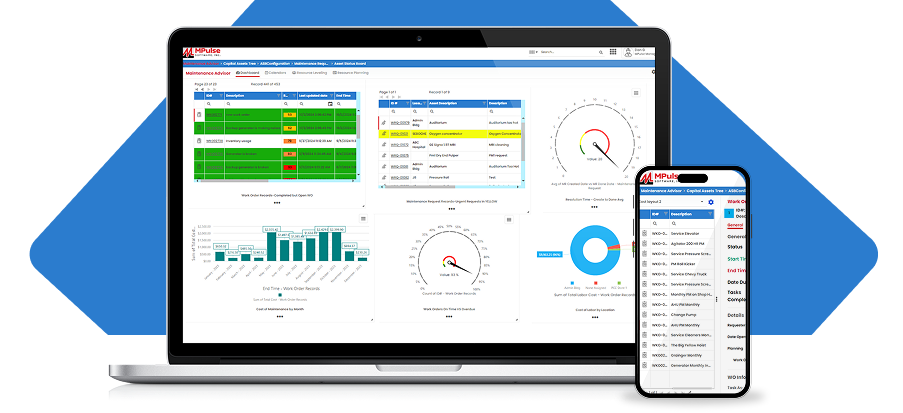Preventive maintenance helps keep things running smoothly and avoids costly problems. In this blog, we will explore how preventive maintenance reduces downtime and why it matters for businesses and everyday life.
Table of Contents
What Is Preventive Maintenance?
Preventive maintenance is when people take care of machines, equipment, or systems before something goes wrong. Instead of waiting for a problem to happen, they fix small issues early.
In factories, businesses, and even homes, preventive maintenance includes regular inspections, cleaning, replacing parts, and making small repairs. This proactive strategy keeps everything in good condition and prevents major breakdowns.
How Preventive Maintenance Reduces Downtime
1. Catching Problems Early
One of the biggest reasons machines stop working is because small issues are ignored. A tiny crack in a part can turn into a big break, shutting down the entire system. By checking equipment regularly, technicians can find and fix these small problems before they become serious.
For example, if a factory worker notices a belt on a machine is starting to wear out, they can replace it before it snaps. This simple fix prevents the machine from stopping suddenly, which would slow down production.
2. Keeping Equipment Clean
Dirt, dust, and grime can build up in machines over time. As a result, parts don’t work as well, and motors have to work harder, which can lead to overheating or failure. Regular cleaning as part of preventive maintenance keeps equipment in top shape and running efficiently.
Think of a computer fan. If too much dust collects inside, the fan won’t spin properly, and the computer may overheat and shut down. By cleaning it regularly, the computer stays cool and keeps running without interruptions.
3. Reducing Emergency Repairs
Emergency repairs can be expensive and time-consuming. When something suddenly stops working, workers have to rush to fix it. Sometimes, they might need to order special parts, which can take days or even weeks to arrive. During this time, work is delayed, and money is lost.
With preventive maintenance, many emergency repairs can be avoided. Businesses can plan ahead, order parts in advance, and schedule repairs at convenient times instead of dealing with unexpected shutdowns.
4. Increasing Equipment Lifespan
Machines and tools last longer when they are well taken care of. Just like a car that gets regular oil changes lasts longer than one that never gets serviced, industrial machines, computers, and office equipment work better and last longer with proper maintenance.
Replacing a machine is expensive. If businesses can keep their equipment running longer, they save money and avoid the hassle of finding new machines.
5. Improving Safety
Faulty equipment can be dangerous. A broken machine can cause accidents, leading to injuries or even worse. Preventive maintenance helps keep equipment safe by ensuring everything is working properly.
For example, if a construction company checks its cranes and lifts regularly, workers can be confident that the equipment won’t suddenly fail while in use. This makes the workplace safer for everyone.
Preventive Maintenance Reduces Downtime
Preventive maintenance is a simple but powerful way to keep machines, equipment, and other assets in good shape. It reduces downtime by catching problems early, keeping things clean, avoiding emergency repairs, increasing lifespan, and improving safety. Taking small steps now can prevent big problems later.
Have questions? Contact us. We’re here to help.






